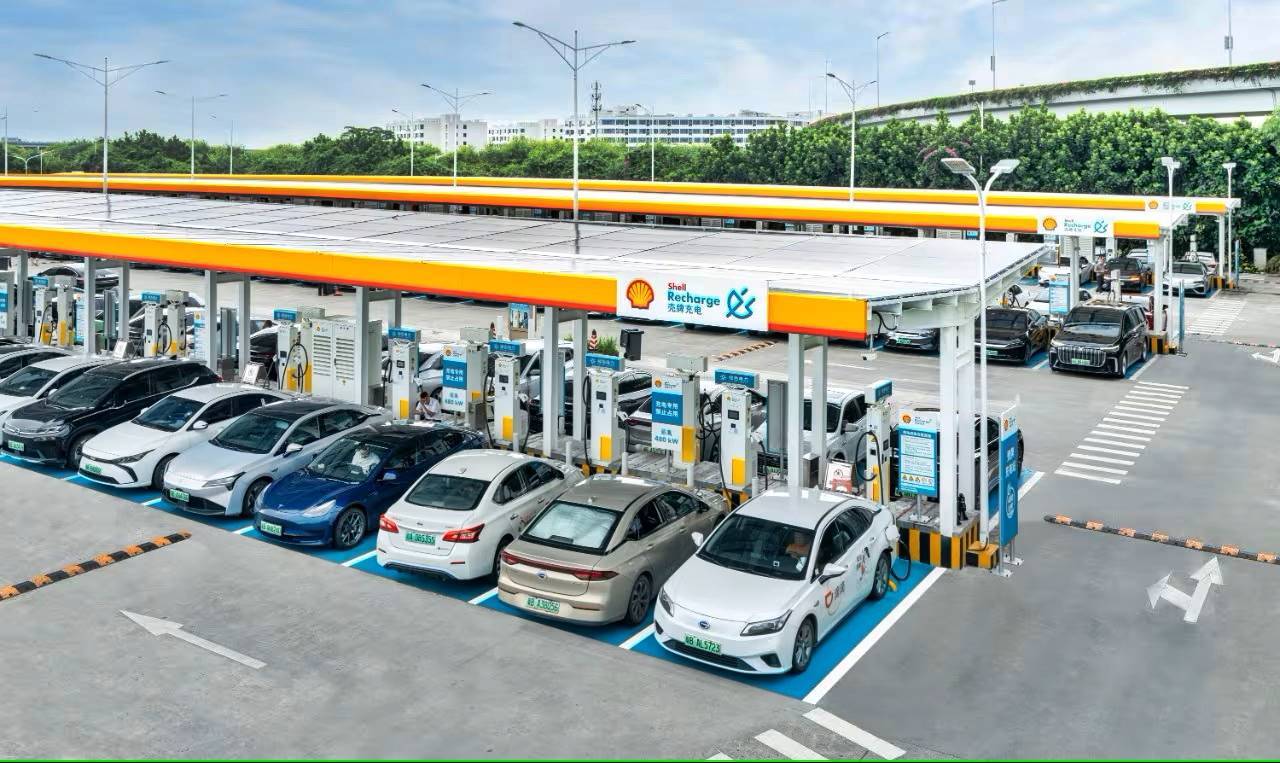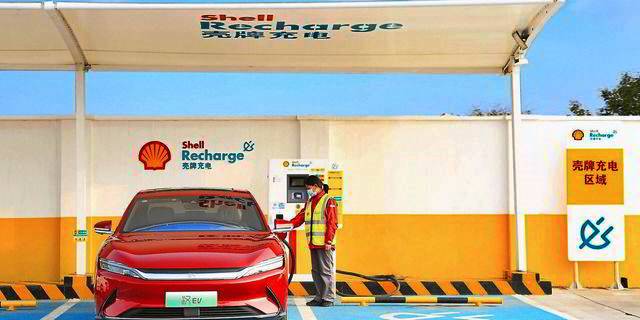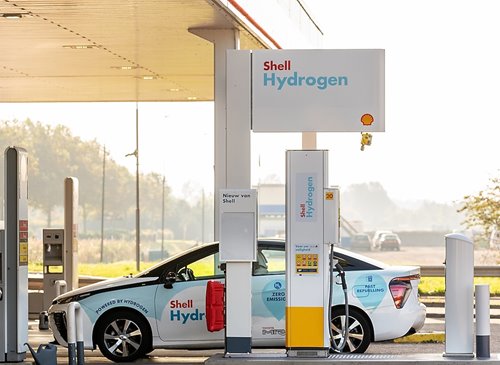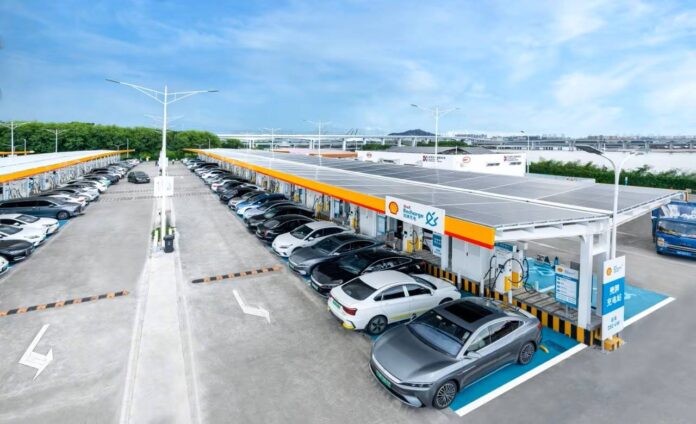Charging stations for electric vehicles have only just begun to appear in the Malaysian landscape and by the end of 2025, the government expects to have at least 10,000 charging points around the country. Unlike petrol stations, these will be located in many different spaces – even in basement carparks – and where vehicles normally spend a short while refuelling, recharging will see vehicles parked longer.
In China, the push for EVs started 14 years ago and with many incentives to promote development and sales of EVs, the country is today the world’s largest EV market, By 2030, the government expects carmakers to have 40% of their sales in the country to be EVs,

Naturally, with the rapid growth of the EV population, the charging network also grew quickly. The most recent data shows that there are almost 1.8 million charging points in China. Of course, it is a very big country, so that has also to be taken into consideration as well as its gigantic ERV population.
The continuing growth in EVs and large existing population has encouraged Shell to set up its largest electric vehicle (EV) charging station site globally in Shenzhen, China. The site is located about 2.5 kilometres from the Shenzhen Airport Terminal and has 258 fast-charging points.

Though its official opening was recently, the Shell Recharge Shenzhen Airport EV Station was already operating earlier and during its trial operation period, more than 3,300 EVs were recharged daily.
Like many Shell stations around the world (including Malaysia), there are facilities for customers to help them pass the time. In addition to EV charging, the station offers Shell Select convenience retailing, a Shell Cafe, vending machines, and a drivers lounge. The rooftop solar panels installed at the station can generate about 300,000 kWh of electricity per year, which means the EVs are getting renewable energy from sunshine and not coal-powered plants.
The site is operated by Shenzhen Shell and BYD Electric Vehicle Investment Company Limited, a joint venture between Shell and BYD.

“The opening of this new site is part of our ongoing commitment to meet the evolving needs of our customers in China. We know that EV drivers are looking for a charging experience that is fast, convenient and comfortable and this is reflected in the utilisation rates of our sites in China, which are two to three times the local industry average,” said Istvan Kapitány, Shell’s Global Executive Vice-President for Mobility.
With the number of EVs growing rapidly, Shell aims to meet the different energy and mobility needs of drivers. In Wuhan, for example, Shell recently opened its Panlong Integrated Energy Station which offers more than 10 types of mobility products and services, including hydrogen refuelling.

Shell Fleet Solutions becomes integrated mobility solutions provider
